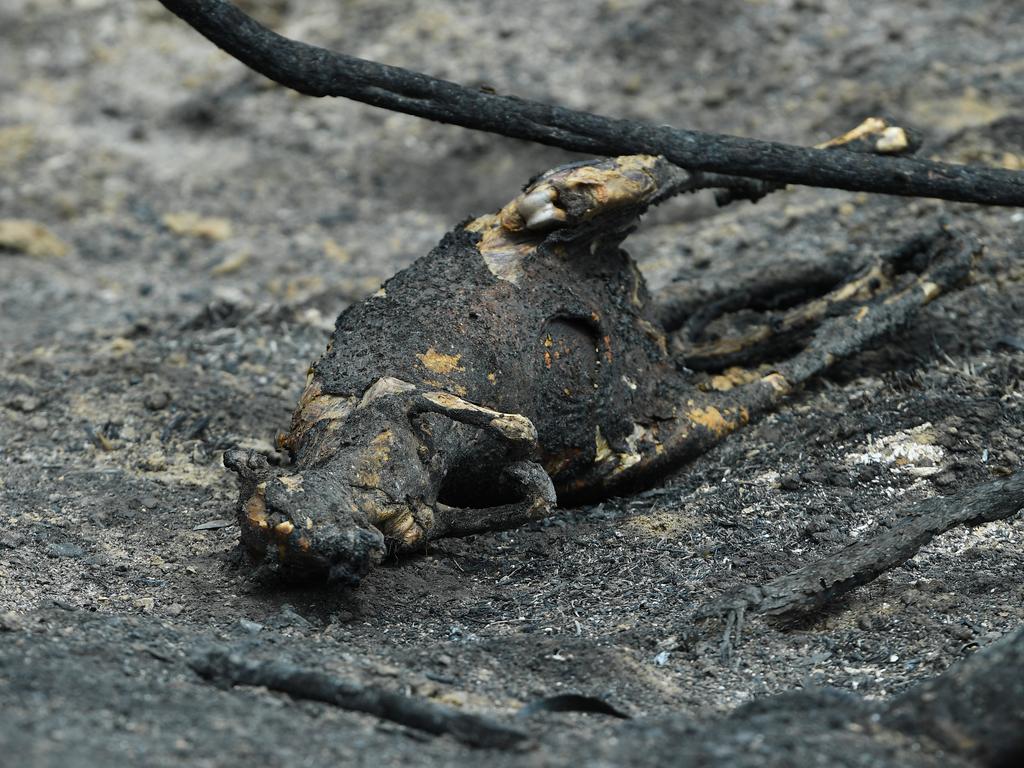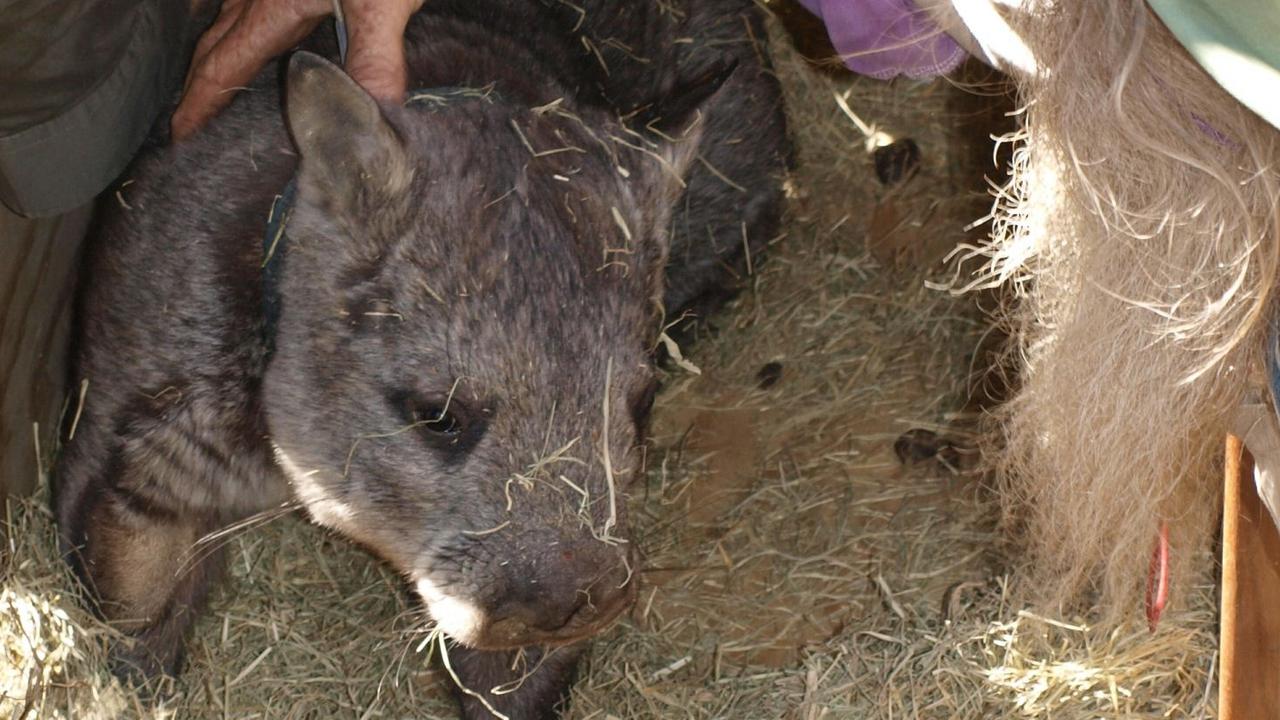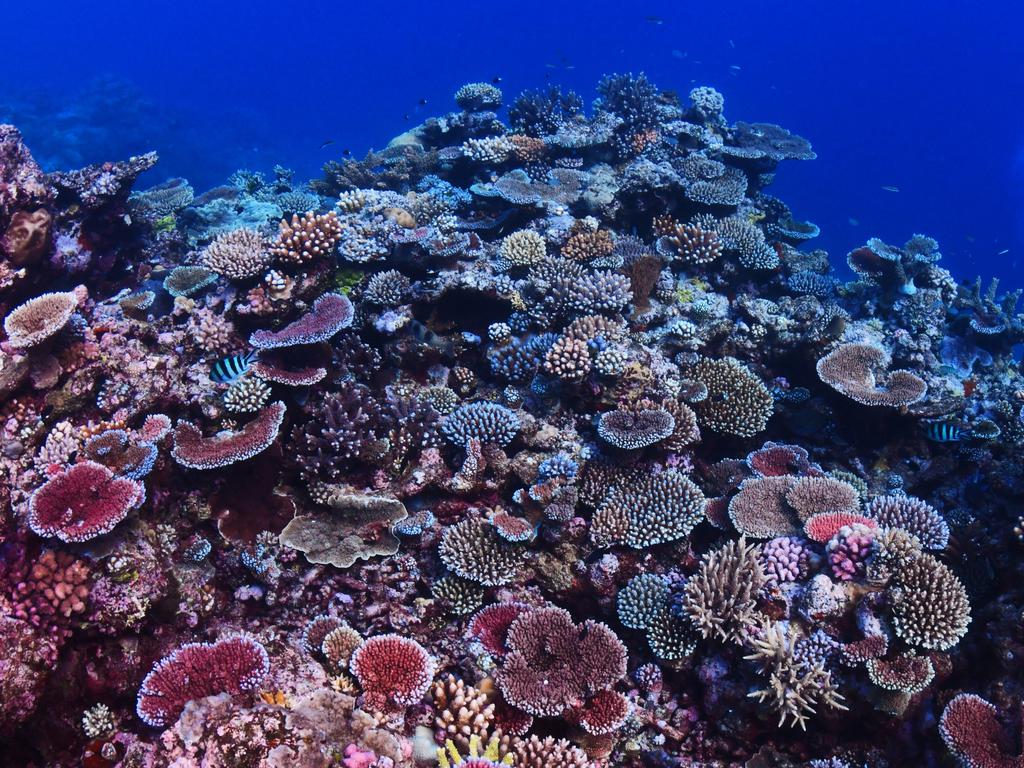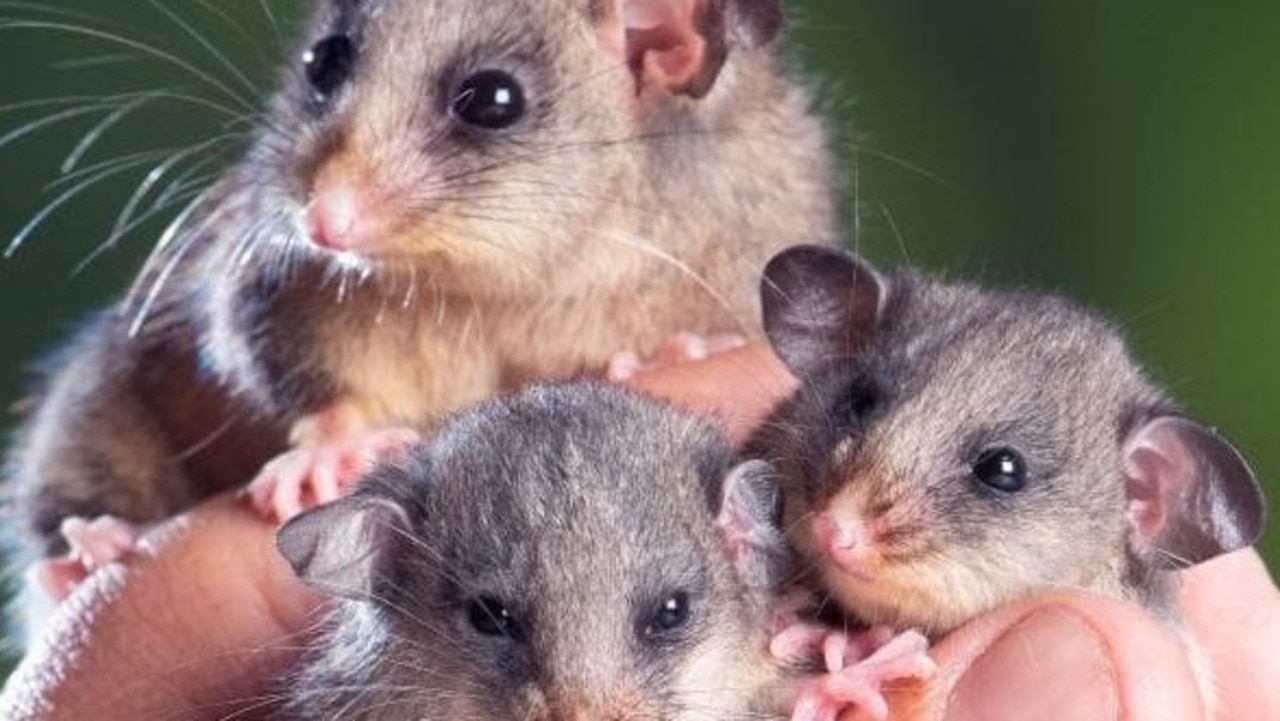Our bleak future: What we face losing under climate change
One species of animal has become extinct in Australia because of climate change. But there are many more we stand to lose forever.

Heartbreaking images of animals charred to death made headlines around the world this summer.
The horrific bushfire season and the millions of animals decimated as a result drove home just how at risk our country is when it’s hit with catastrophic conditions.
And under climate change, things will only get worse.
Today, news.com.au launches its series Time Is Now, focusing on how climate change impacts Australians’ way of life. The series draws on the insights and extensive research of scientists, in special partnership with Judith Neilson Institute for Journalism and Ideas and the Australian Science Media Centre.
Scientists already say the bushfires have “hastened extinction” for some species.
Under a warmer world, we face putting even more at risk.
Countless animals and plant life species are under threat as their habitats become at risk or higher temperatures affect their way of life.
Already we have lost one species under climate change - the Bramble Cay melomys or “little brown rat” which lived on a low lying sandy island off the Torres Strait.
RELATED: The biggest climate change myths debunked
RELATED: Rise in deadly fire thunderstorms linked to climate change

Heatwaves have caused flying foxes to drop dead from the sky. Animals like the northern hairy nosed wombat, the glossy black cockatoo and the lemuroid ringtail possum are at risk of dying out.
“It’s pretty bad,” says Finders University global ecology Professor Corey Bradshaw.

He says Australia was already the world leader in mammal extinction.
A list of endangered and extinct species is kept by the Federal Government as part of the Environment Protection and Biodiversity Conservation Act.
It states 54 species are already extinct in Australia, including 27 types of mammals, 22 types of birds and four types of frogs.
A further 10 mammals are “critically endangered”.
But under climate change, we stand to lose even more.
Prof Bradshaw says the problem is Australia could lose species we don’t have know exist yet.
Only 10 to 20 per cent of species across the world have actually been described.
“We could easily be losing species before we even know they’re there,” he says.
“The real worry is we don’t even know what we’re losing in terms of the small things.
“We stand to lose much more biodiversity than we can even map out fast enough.”
Prof Bradshaw says we could lose animals like the northern hairy nose wombat, of which there are only a few hundred left.

“Australia already has a lot of smaller and endangered populations,” he says.
“It’s the highly restricted rare species that are the most vulnerable and we’ve got a lot of those in Australia.
“There’s lots of big ticket species people would be more familiar with. The glossy black cockatoo on Kangaroo Island - much of their feeding and breeding habitats were destroyed in the bushfires there.”
Prof Bradshaw says Australia has already lost more than 40 per cent of bush.
During the horror bushfire season at least 10 per cent of the population of the nightcap oak tree was killed.
A federal environment department analysis found nearly 50 nationally threatened animal and plant species were believed to have had at least 80 per cent of the area in which they live affected by bushfire.
Even outside of bushfires, Prof Bradshaw says 100 Australian endemic species that were alive in 1788 are now extinct.
“The rate of extinction is super high” he says.
“Many of these species are already in a precarious position - all you need is one bushfire or drought to knock out the last of the species.”
OUR REEFS COULD BE LOST FOREVER
Coral reef expert Associate Professor David Suggett says we could also lose reefs forever.
“Present day evidence suggests that corals can survive even under quite extreme conditions,” he says.
“However, they typically exist as isolated colonies that establish on other substrate - and so do not form reefs - but certainly, the natural wonders of reefs will be lost.”

But it’s not just reefs. Last year the first victim of climate change was the Bramble Cay melomys known as the little brown rat.
“It’s the first species extinction and can definitely attribute to climate change,” Australian Conservation Foundation nature campaigner Jess Abrahams says.
“This isn’t just a theory or a possibility. There’s grave concerns for many species.”
Mr Abrahams says among them are sea turtles, because eggs are more likely to hatch as females the hotter the sand is.
Already females are outnumbering males 100 to 1.
“That will impact the success of their breeding,” Mr Abraham says.
“100 to 1 is bad.”

He says the habitats for other animals such as the lemuroid ringtail possum and the mountain pygmy possum are also being affected by climate change.
“It’s not just individual animals, it’s whole ecosystems,” he says.
“It’s a full suite of threats to our natural environment.
“These are things that are part of Australia’s identity. It’s what makes us unique as a country. It would be a tragedy if we were to lose them because Australia and the rest of the world hasn’t taken rapid enough action on climate change.”
Both Mr Abrahams and Prof Bradshaw say the cascade effects of losing species could be huge.
Prof Bradshaw says predators will also die out if their food source was gone.
He says because of that we’re underestimating the extinction rate from climate change by up to 10 times.
Without those cascade effects, Prof Bradshaw says there will already be a 10 to 20 per cent extinction rate by the end of the century, just from climate change.
Mr Abrahams says a warmer world threatens our whole existence.
“This doesn’t just threaten some interesting, quirky or unknown animals, this ultimately threatens human survival because we rely on these ecosystems,” he says.


SPECIES AUSTRALIA HAS ALREADY LOST
• 38 plants, such as the magnificent spider-orchid
• 1 seaweed species
• 34 mammals including the thylacine and pig-footed bandicoot
• 10 invertebrates including a funnel-web spider, beetles and snails
• 9 birds, such as the paradise parrot
• 4 frogs, including two species of the bizarre gastric-brooding frog which used its stomach as a womb
• 3 reptiles including the Christmas Island forest skink
• 1 fish, the Pedder galaxias.
WHAT MIGHT BE LOST TO BUSHFIRES IN THE FUTURE
• 700 insect species
• 4 mammal species: the long-footed potoroo, the greater glider, the Kangaroo Island dunnart, and the black-tailed dusky antechinus.
89 CRITICALLY ENDANGERED SPECIES
• 7 types of fish including the spotted handfish and grey nurse shark (east coast population)
• 15 types of frogs including the elephant frog and armoured mistfrog
• 10 types of reptiles including the short-nosed seasnake and gulbaru gecko
• 17 types of birds including the regent honeyeater and curlew sandpiper
• 10 types of mammals including the southern bent-wing bat and Gilbert’s potoroo
• 30 other types of animals including the boggomoss snail and spiny crayfish




